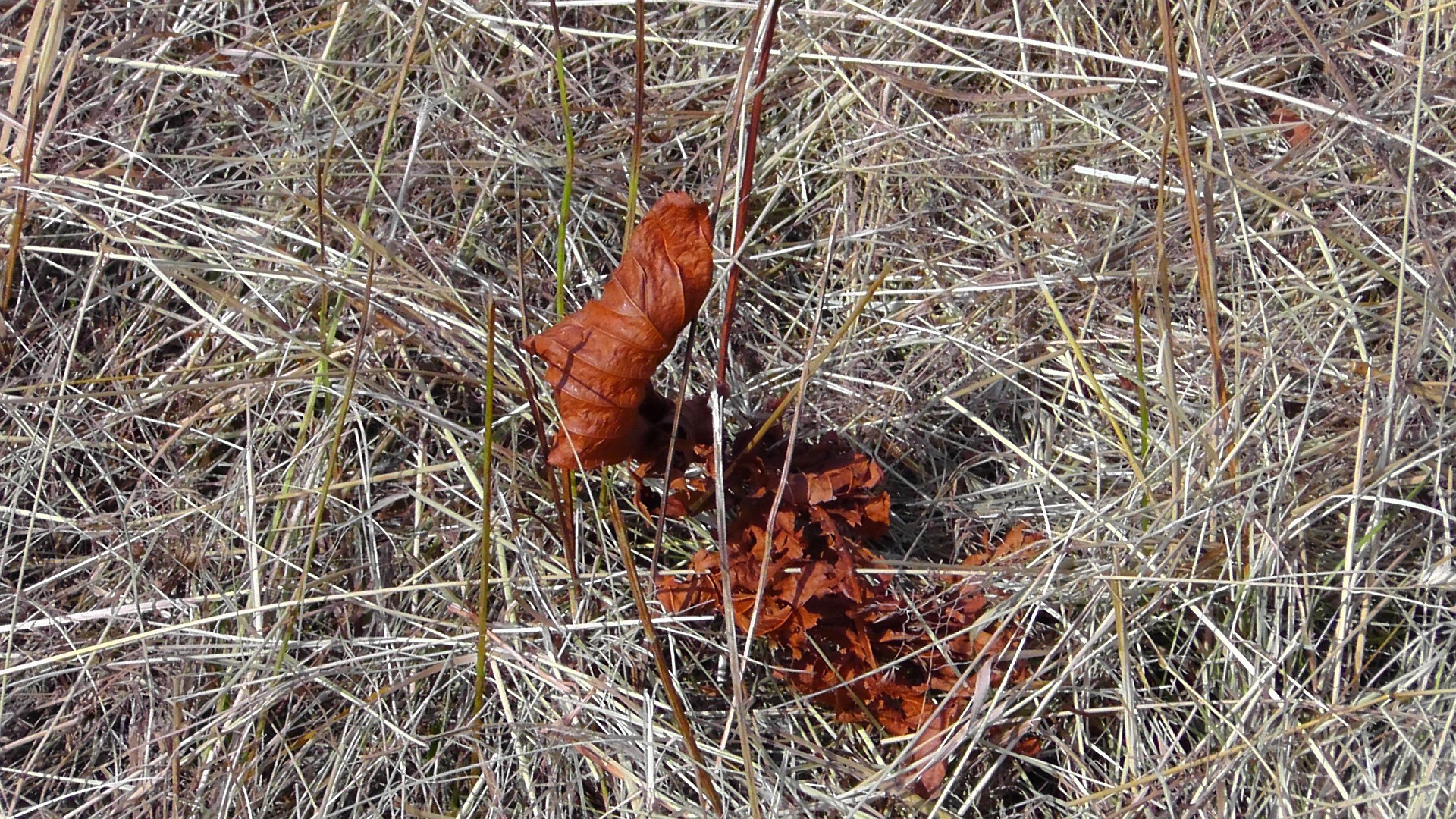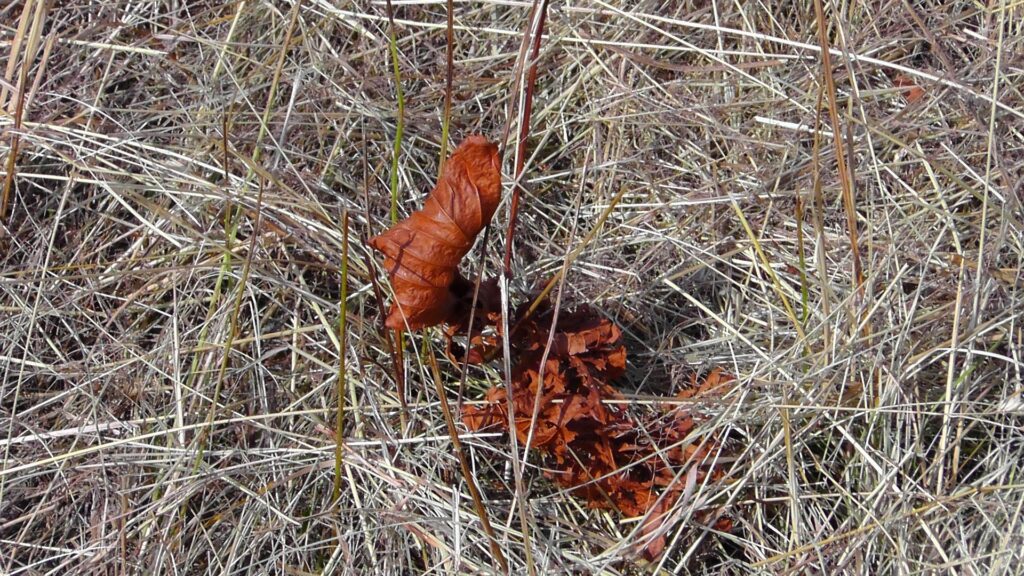 It’s been the longest heatwave in the UK since 1976, and the driest start to summer since modern records began. Although the country has seen some rain, there wasn’t enough of a downpour to dampen the soil and penetrate the roots of many plants. With temperatures pushing 35c no end yet in sight, the usual lush green gardens have been turned into parched, brown tinderboxes as the UK continues to sizzle.
It’s been the longest heatwave in the UK since 1976, and the driest start to summer since modern records began. Although the country has seen some rain, there wasn’t enough of a downpour to dampen the soil and penetrate the roots of many plants. With temperatures pushing 35c no end yet in sight, the usual lush green gardens have been turned into parched, brown tinderboxes as the UK continues to sizzle.
With gardeners facing the stress that a prolonged heatwave puts on plants and lawns, HWPR has been catching up with our clients to find out their top tips and advice on how to beat the drought.
Lawns
HWPR has two lawn experts in their portfolio, Johnsons Lawn Seed, the country’s leading lawn seed brand and DJ Turfcare, UK organic lawn care specialists. Here they share their top tips and product suggestions to help lawns recover after a period of such prolonged exposure to the sun.
The most important thing to remember is that your lawn is dormant during a drought. When soil moisture levels fall below a certain point, lawns turn brown and remain dormant until water arrives. Grass growth also slows down so try not to mow your lawn during a drought to avoid damage. Once it rains again, the lawn will soon recover and turn green again. However, they may need some TLC to fully recover……
According to Guy Jenkins, Johnsons Lawn Seed’s Consumer Manager, not all grasses are made equal. “Some grasses are better suited to the stresses caused by drought. Our research and development team constantly travel the globe to collect seed from grasses that thrive in the harshest of conditions. These grasses are used in our breeding programme to improve the resilience of lawns closer to home. Most recently, breeding advances have been made on the very same perennial ryegrasses that are native to UK lawns, these varieties have twice the drought resistance and can germinate and establish in half the time.”
With the recent progress in grass seed breeding, and in products such as Johnsons Lawn Seed’s Lawn Thickener, we can now expect much more resilience from our lawns in future.
“As a result of our breeding efforts, the lawn seed we produce now requires less watering, which is great news for gardeners that struggle with keeping their lawns green.”
DJ Turfcare’s RHS endorsed, Viano Recovery organic lawn fertiliser is the perfect product to counteract the damage caused to the nation’s lawns during this long hot summer. Once the hot spell has passed, Recovery can kickstart the soil and lawn when it needs revitalising and sprucing up. Recovery is an organic fertiliser, that includes Humifirst, a unique ingredient that will encourage biological activity in the soil and act as a plant growth stimulant to get the lawn growing again. Another advantage is that it can be used before laying turf, seeding or as an autumn lawn feed. The lawn develops hardwearing characteristics after application, making Recovery the top choice for use after drought.
Borders
Leading gardening and landscaping product specialists, Deco-Pak specialise in decorative aggregates and top dressings that will help aid water retention in both borders and planted containers during dry conditions.
Gravel can be useful for all seasons, not just a red-hot summer. In winter it filters heavy rain into the soil, and in summer it acts as a moisture-conserving mulch and retains water under the surface, vital in drought conditions.
Deco-Pak’s lightweight aggregates Lytag and Horticultural Pea Gravel are perfect for top dressing to retain moisture in containers, acting as a water retention agent and is ideal for use in all weather conditions.
Decorative Woodland Bark is also recommended for dry, hot conditions as not only does it retain moisture after watering, but also acts as a shield from the sun to prevent any root scorch.
Deco-Pak’s Heritage Stone Company range of slate chippings can also offer a dual purpose in a long summer period as slate absorbs heat and keeps gardens and soil cooler in higher temperatures, as well as help the soil retain moisture when used as a top dressing in borders or containers.
Containers and Pots
Leading UK garden pot supplier Woodlodge say growing plants in pots can use more water than you might expect, as they are more susceptible to drying out than their in-ground counterparts.
Therefore, the choice of compost is important and should be loam based with wood fibres to retain moisture. Top dressing with pebbles, coir, bark chippings or gravel can help aid water loss and prevent any roots from being scorched.
Infrequent deep soakings are better than light sprinklings, watering first thing in the morning and evening is best to avoid evaporation. Water retention crystals can be added to the growing media to keep the soil wet.
Light coloured pots made from non-porous material are less likely to attract heat and dry out. It is also recommended that plants are transplanted into larger containers rather than overcrowding smaller pots. This will not only increase rooting space, but also provide a larger reservoir for moisture.
Containers should also be grouped together in a shaded area of the garden, reducing evaporation and unnecessary water loss.
Drought Tolerant Plants
Hot summers and the lack of rain shouldn’t stop you have a garden full of colour. Mediterranean plants such as lavender, sage, rosemary, phlomis, thyme and oregano will thrive in such conditions. These plants are specially adapted to hot weather with thick waxy cuticles to prevent dehydration. Lavender is silver in colour and has small reflective hairs to reflect excessive light from strong summer sunshine and dry weather.
Other plants that will thrive in drought conditions are ornamental grasses, eryngium, euphorbia, dahlias, robinia, verbena, palms, cistus as well as succulents and tubers, bulbs or rhizomes are ideal for the dry summer season.

